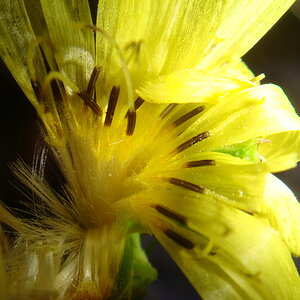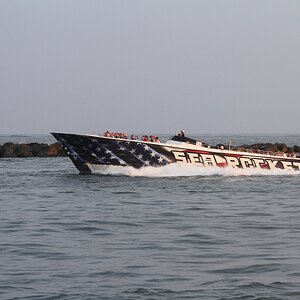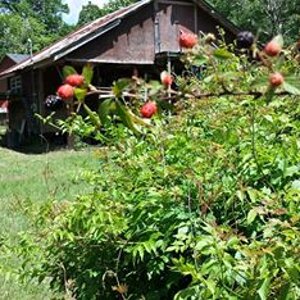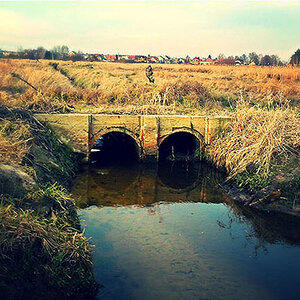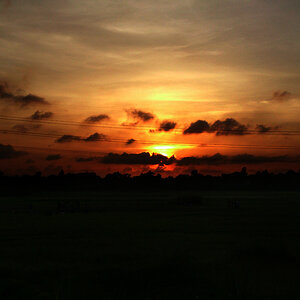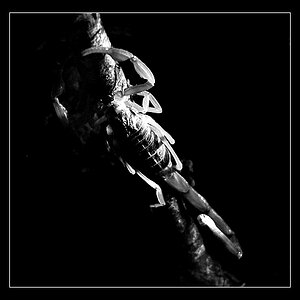nerwin
Been spending a lot of time on here!
- Joined
- Jan 31, 2015
- Messages
- 3,808
- Reaction score
- 2,110
- Location
- Vermont
- Website
- nickerwin.com
- Can others edit my Photos
- Photos OK to edit
I've been debating about getting a CPL filter for when I go to car shows and when I do car photoshoots because when I was shooting my friend's maroon Camaro, it looked red in the pictures. The reflections from the sky and the green trees just really messed up the colors. Granted his car is ultra reflective, he buffs it so much that it's literally a mirror haha.
I'm trying to figure out what I can do make my car shots better and I've been doing some research on CPL filters and while some say they work and others say they can make the car look "dull". Also they can add black or dark spots on the car..of course it depends where the sun is hitting it and how much affect you add using the adjustment ring.
I don't have a lot of experience using CPL filters so I'm looking for some advice on this if whether or not I should get one. My concern is that CPL filters are generally for removing reflections from non-metallic surfaces.
Would spending a $100 on a nice B+W CPL be worth the money for basically removing reflection from the windows/headlights and maybe add a bit of "pop" to the car's paint?
I'm trying to figure out what I can do make my car shots better and I've been doing some research on CPL filters and while some say they work and others say they can make the car look "dull". Also they can add black or dark spots on the car..of course it depends where the sun is hitting it and how much affect you add using the adjustment ring.
I don't have a lot of experience using CPL filters so I'm looking for some advice on this if whether or not I should get one. My concern is that CPL filters are generally for removing reflections from non-metallic surfaces.
Would spending a $100 on a nice B+W CPL be worth the money for basically removing reflection from the windows/headlights and maybe add a bit of "pop" to the car's paint?


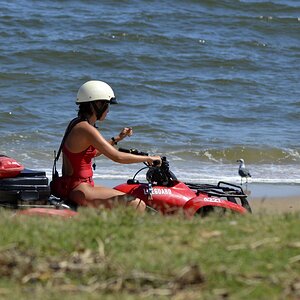
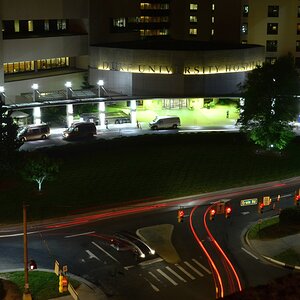
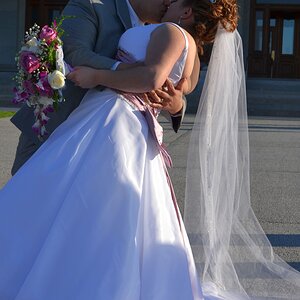
![[No title]](/data/xfmg/thumbnail/36/36135-6594fe1d58af0053c3e939665e543ce4.jpg?1619737388)
